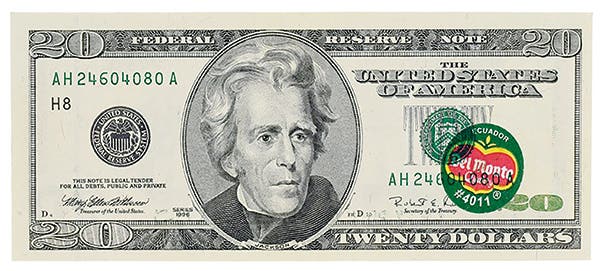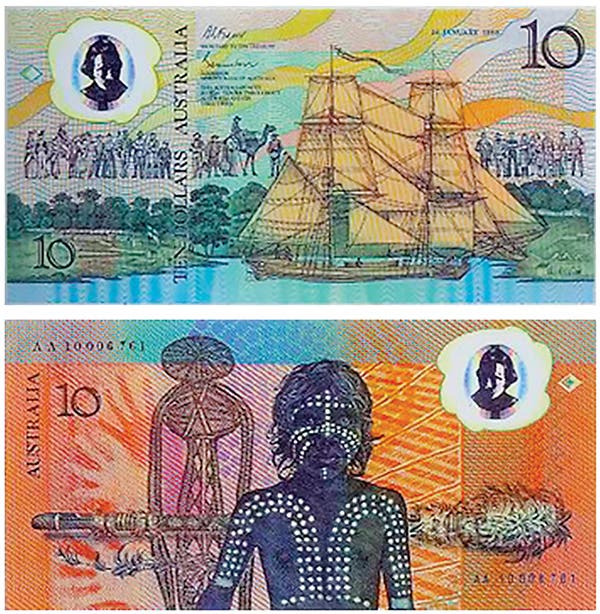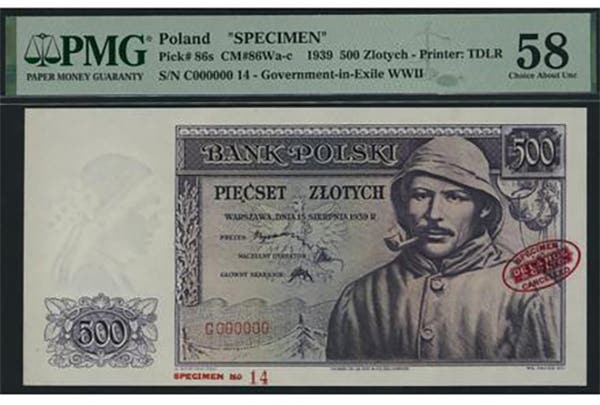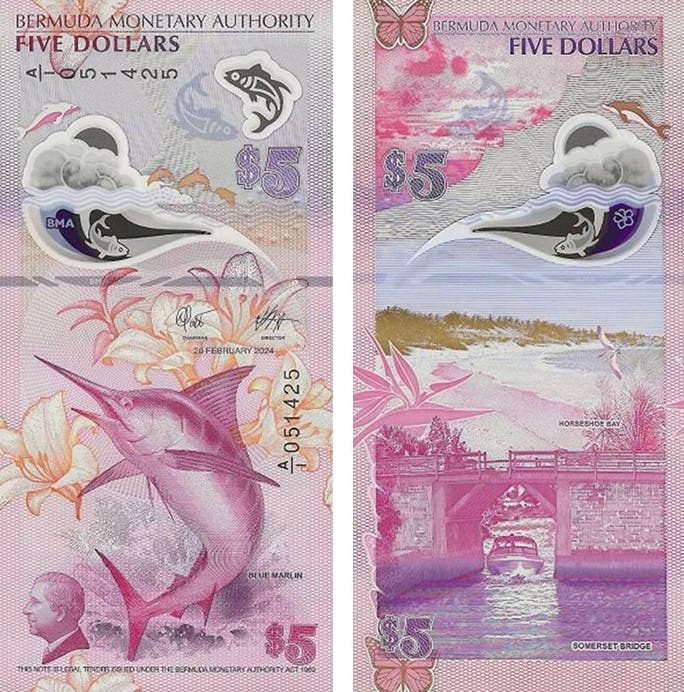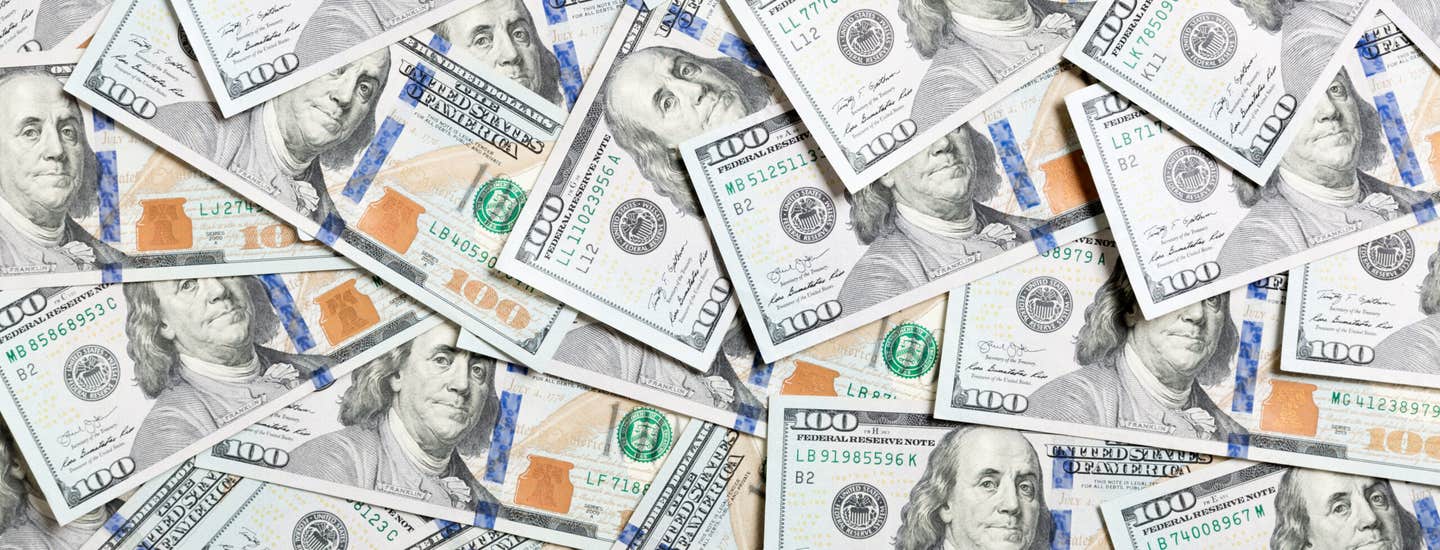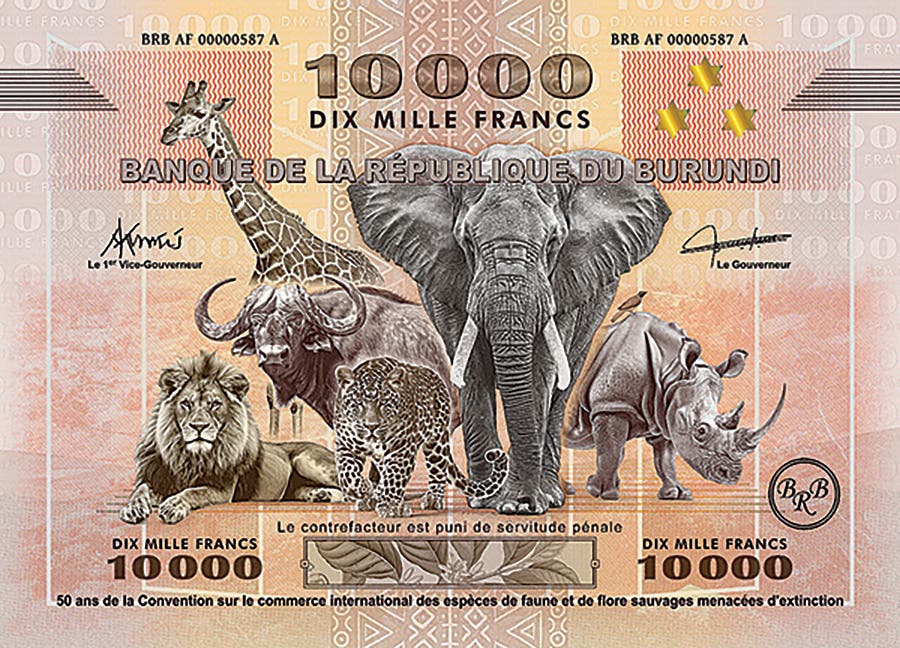McCabe’s treatise a must have
By Peter Huntoon The book Counterfeiting and Technology: A History of the Long Struggle Between Paper-Money Counterfeiters and Security Printing by Bob McCabe is destined to be the best numismatic…
By Peter Huntoon
The book Counterfeiting and Technology: A History of the Long Struggle Between Paper-Money Counterfeiters and Security Printing by Bob McCabe is destined to be the best numismatic publication of the year. It carries a copyright date of 2016 but became available in 2017.
I’m simply advising that if you are even remotely interested in the topic, buy it. There is nothing cheaper in our game than information, and this 480-page treatise, which weighs in at something over four pounds, is bristling with sound, engagingly presented information.
McCabe, a chemist by profession, walks you through the who’s who of American counterfeiters and the tales of their fascinating personal odysseys from the inception of paper money in the Colonies to the end of the large-size note era. OK, this is what you expect in a book with this title, and that job is done superbly.
Equally covered and particularly valuable is a comprehensive development of the bank note printing trade and the evolution of technologies used by it to produce notes. McCabe explains all the technologies and machines—including ink development and manufacture—in terms and with illustrations that bring the topic to life. This material is presented with technical accuracy but doesn’t overshoot a non-technical audience.
He draws out the interplay and competition between the bank note companies and the Bureau of Engraving and Printing as they vied for Treasury contracts to produce U.S. currency. These types of discussions are insightful and balanced, and you get to meet the personalities who made it all happen and gain an understanding of why in the historical context of the times things came out as they did.
Like I said, this is a four-pounder, the reason being that it was printed on high-gloss paper in an 8-1/2 x 11-inch format because one object of both the author and publisher was to be certain that the lavish and prolific illustrations came out well. Were the illustrations of the currency the right size, you could cut them out and spend them they are so well done.
You are not going to sit down and polish this off in a couple of evenings. It is going to be a work you go back and forth to like an encyclopedia, bible or some other important reference work. If you are like me, you are going to skip around it and consume it in bite-size pieces.
There are some bonuses that made it particularly useful. It has an excellent index so you can navigate it. It has 27 pages of fine-print references to literature that he drew from. It has a 14-page glossary. It has copious endnotes so you find your way to his source materials. This guy dug deeply and traveled all over for decades to compile this book.
It has 11 appendices, some being verbatim transcriptions of pivotal early manuscripts pertaining to the development of the bank note trade. One appendix that I found especially useful is a comprehensive listing of the principal U.S. patents awarded for technologies and processes that advanced the art and industry of bank note printing.
Most of you know me as something of a currency and stamp printing technology junkie and this work really is satisfying on that score. But don’t be put off by my biases because if all you want is to read are detailed accounts of the bad guys and the cops and robbers part of the story, you will have more of that then you ever imagined, and all of that will be set in a larger historic and technological context.
The book is available through Whitman Publishing, www.whitman.com, and is priced at $39.95.
This article was originally printed in Bank Note Reporter. >> Subscribe today.
More Collecting Resources
• Order the Standard Catalog of World Paper Money, General Issues to learn about circulating paper money from 14th century China to the mid 20th century.
• Download The Metal Mania Seminar with David Harper to learn more about the metals market.



